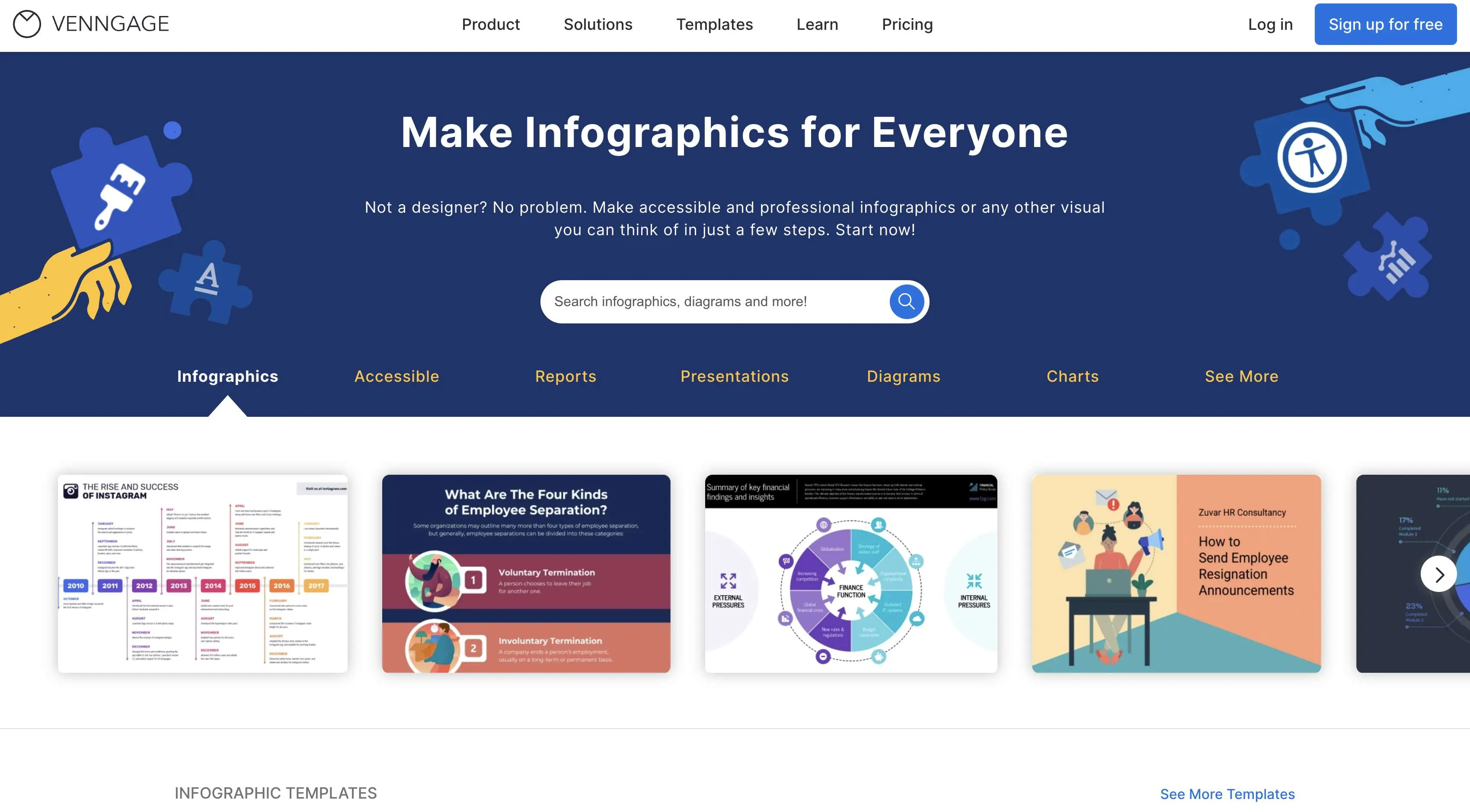Understanding Website Design: Trick Concepts for a User-Friendly Site
In the realm of web design, the focus on customer experience has actually ended up being critical, forming just how sites are built and perceived. As we explore these fundamental elements, it becomes apparent that the decisions made during the layout process can have enduring ramifications on a site's performance and customer loyalty.

Importance of User Experience
In the world of website design, the importance of customer experience (UX) can not be overstated. UX includes the overall complete satisfaction a user acquires from engaging with a website, substantially influencing their assumption of a brand and their likelihood of returning. web design klerksdorp. A properly designed UX helps with smooth navigation, cultivates individual engagement, and inevitably drives conversions
Understanding customers' requirements and actions is vital in creating an efficient UX. This involves leveraging research study approaches such as user personalities, trip mapping, and use testing to get understandings right into individual choices. By tailoring style elements to satisfy these demands, developers can boost usability and produce an extra intuitive communication.
Moreover, a positive UX adds to the website's credibility and dependability. Customers are most likely to involve with a site that is aesthetically pleasing and simple to browse, which subsequently enhances brand commitment. Alternatively, a bad UX can result in high bounce prices and an adverse assumption of the brand.
User-friendly Navigation Style
A reliable navigation layout is crucial for directing individuals with an internet site, ensuring they can find the info they need promptly and efficiently. User-friendly navigation improves individual experience by enabling seamless communication with web content, causing raised involvement and satisfaction.
To achieve intuitive navigation, it is important to develop a clear power structure. This entails arranging web content right into rational categories and subcategories, enabling users to understand the framework at a look. Detailed labels for menu things are essential; they need to be uncomplicated and rep of the content they lead to, minimizing obscurity.
Uniformity is one more essential principle. Customers must experience familiar navigating aspects throughout the site, such as the positioning of switches and food selections. This consistency aids reinforce user assumptions and minimizes cognitive load.
In addition, integrating search functionality can significantly boost navigation, particularly for content-heavy internet sites. This function empowers individuals to locate details information promptly without needing to navigate with multiple web pages.
Lastly, use testing can offer important understandings into just how real customers communicate with navigating components, offering opportunities for renovation. In amount, a properly designed navigation system is foundational to an easy to use internet site, promoting efficiency and improving general user satisfaction.
Responsive Website Design
Receptive website design is significantly vital in today's electronic landscape, as it ensures that web sites provide ideal checking out experiences throughout a broad variety of tools, from desktop computers to mobile phones. This strategy enables a single website to adjust its design and content to fit various screen dimensions and resolutions, improving use and accessibility.
At the core of responsive style is fluid grid formats, which make use of loved one units pop over to this web-site like portions instead of dealt with pixels. This flexibility allows elements to resize proportionally, maintaining visual harmony and performance. Furthermore, media inquiries play a critical role by applying specific CSS styles based on device qualities, such as screen size or positioning.
Integrating versatile pictures and receptive media is likewise vital; these aspects must scale properly to stop distortion and guarantee a seamless experience across tools. Touch-friendly layout factors to consider are vital, particularly for mobile users, as they often browse with touch gestures instead than clicks. web design klerksdorp.
Constant Visual Elements
Regular visual aspects are important for developing a natural brand identity and enhancing customer experience throughout digital platforms. These elements consist of color design, typography, imagery, and format designs, which collectively create an unified visual that individuals can conveniently connect and recognize to. A distinct color combination not just strengthens brand name recognition yet likewise stimulates particular feelings, directing customers with the internet site successfully.
Typography plays a considerable duty in readability and overall aesthetic allure. Using a restricted variety of fonts and maintaining consistent sizes and weights guarantees a harmonious circulation of information. Imagery needs to also line up with brand worths and messaging; top quality photos that fit the total design will certainly enhance the website's beauty and professionalism and trust.
Users should really feel comfortable and oriented as they check out numerous sections of the website. Eventually, a well-designed internet site, identified by natural visual components, reflects professionalism and constructs trust with customers, producing a positive very first impact and encouraging this post return sees.
Availability Factors To Consider
Ensuring accessibility in website design is a basic facet that matches consistent visual elements, allowing all customers, no matter of their capabilities, to communicate and browse with digital content successfully. Accessibility factors to consider are crucial for developing comprehensive sites that meet the varied demands of individuals, consisting of those with impairments.
To start with, using semantic HTML is important, as it assists display visitors interpret the structure and content of get more a web page properly. Alt text for images boosts comprehension for aesthetically damaged customers, while captioning video web content makes sure that those with hearing problems can engage with the material.
Additionally, shade comparison should be very carefully evaluated to help individuals with aesthetic problems. Ensuring that text is readable versus its history boosts readability. Additionally, keyboard navigability is crucial; all interactive components need to come without a mouse, accommodating individuals with wheelchair obstacles.
Verdict
In conclusion, understanding web style necessitates an extensive understanding of user experience concepts. Prioritizing these facets not just enhances customer engagement and complete satisfaction but additionally fosters brand name loyalty.

In final thought, understanding internet design requires a thorough understanding of user experience principles.